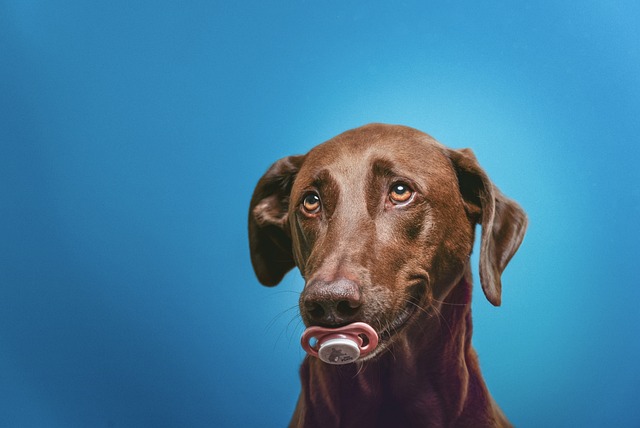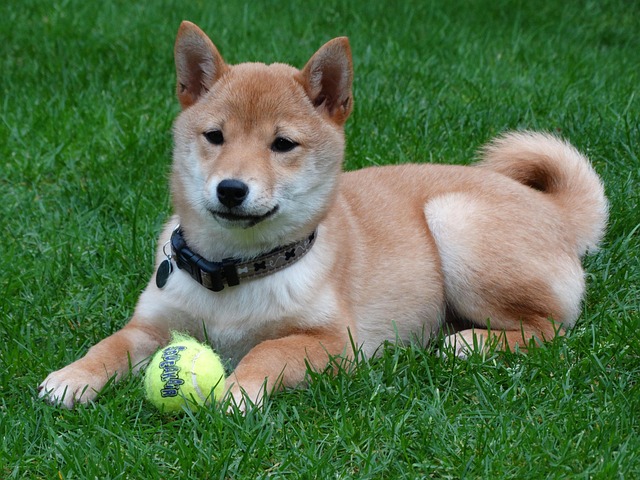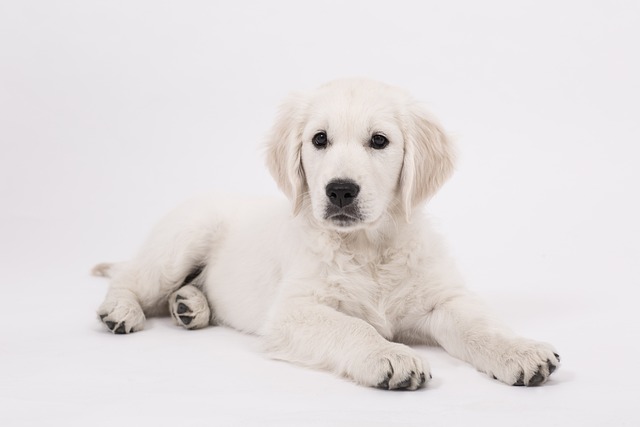
How to get your dog to go to the bathroom in a new place?
Moving to a new home or traveling with your dog often means figuring out how to help them feel comfortable going potty in an unfamiliar spot.
Training a dog that seems untrainable can feel like trying to herd cats—frustrating, but not impossible. Start by ditching the idea that “untrainable” is permanent. Many dogs act out because they’re confused, scared, or simply not getting the right cues. Take Max, a rescue terrier in Portland I worked with last year: his owners thought he’d never stop chewing furniture, but it turned out he was bored. Five minutes of daily fetch and a puzzle toy changed everything. Small, consistent steps often work better than big, overwhelming plans.
Timing is everything, and so is understanding your dog’s language. When your pup does something right—even a tiny thing like sitting when you ask—reward them immediately. A treat, a quick belly rub, or enthusiastic praise tells them, “That’s what I want.” But here’s the catch: European and American dog training laws require positive reinforcement, not punishment. Slapping or yelling isn’t just ineffective; in places like California and Germany, it can land you in legal trouble. Stick to rewards, and you’ll stay on the right side of the law.
 Routine builds trust, especially with dogs that seem stubborn. Feed them at the same time, take walks on a regular schedule, and practice training during their most alert hours—usually mornings or early evenings. A golden retriever in London I advised thrived once her owners started short, 10-minute training sessions before breakfast. She went from ignoring commands to sitting, staying, and coming when called within a month. Dogs crave predictability, and a steady routine helps them feel secure enough to learn.
Routine builds trust, especially with dogs that seem stubborn. Feed them at the same time, take walks on a regular schedule, and practice training during their most alert hours—usually mornings or early evenings. A golden retriever in London I advised thrived once her owners started short, 10-minute training sessions before breakfast. She went from ignoring commands to sitting, staying, and coming when called within a month. Dogs crave predictability, and a steady routine helps them feel secure enough to learn.
Socialization matters more than you might think. A dog that’s never been around other animals or people can act out of fear, making them seem untrainable. Gradually introduce them to new sights, sounds, and smells in a controlled way. Start with quiet parks, then move to busier streets, always rewarding calm behavior. Remember, some areas have strict leash laws or require muzzles in public—check local regulations to avoid fines. A well-socialized dog is less likely to act out, making training easier.
Be patient with yourself and your dog. Progress won’t be linear—there will be good days and bad days. If a method isn’t working, pivot. Maybe your dog responds better to toys than treats, or shorter sessions fit their attention span. Celebrate small wins: a successful “sit” or a walk without pulling is a step forward. With time, consistency, and a little empathy, even the most “untrainable” dog can learn to thrive. And always keep those local laws in mind—they’re there to protect both you and your pup.

Moving to a new home or traveling with your dog often means figuring out how to help them feel comfortable going potty in an unfamiliar spot.

Most German Shepherd puppies start showing consistent potty habits between 4 to 6 months old, but this timeline isn’t set in stone.

Watching your dog learn to pick up toys or essentials isn’t just a fun trick—it builds trust and makes daily moments smoother, like grabbing their leash when you’re heading out.

Shiba Inu puppies are smart but stubborn—their independent streak means potty training needs consistency, not just tricks.

Witnessing your dog transform into a barking, lunging whirlwind at the sight of another pup on your quiet suburban street can make daily walks feel like a nightmare.

Golden Retrievers are known for their friendly, eager-to-please personalities—and that trait makes training them far from a struggle.